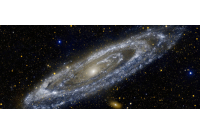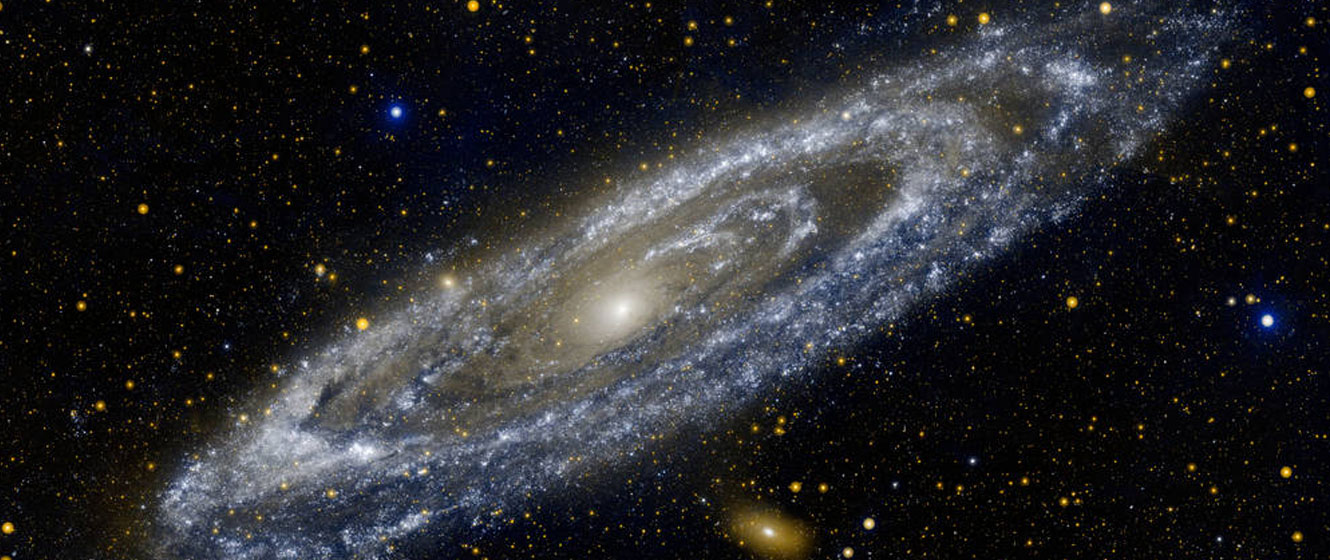
In this episode of What's in the Sky this Month, Teagan reviews some of the beautiful celestial objects you can see in the month of November 2022!
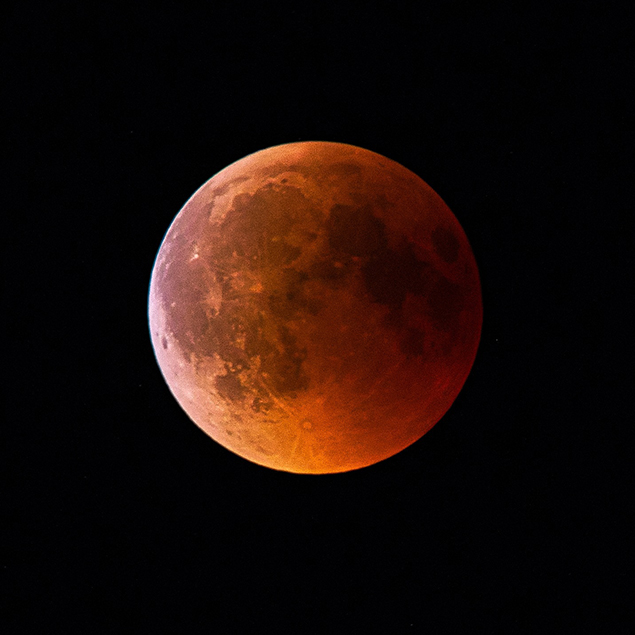
Total Lunar Eclipse - November 8th
- Magnitude: 1.36
- Duration of Eclipse: 5h 54m
- Duration of Totality: 1h 25m
- Constellation: Aries
2022 has brought us two total lunar eclipses. The first, back in May, was perhaps best seen on the east coast, but this month’s favors the west. Regardless of your location, you’ll need to rise early if you want to see anything of it. Be sure to take a look as the planet Uranus will appear within the same binocular field of view as the Moon’s eclipsed disc.
The eclipse begins at 03:02 ET / 00:02 PT, with the partial phase following at 04:09 ET / 01:09 PT. The main event, totality, will begin at 05:16 ET / 02:16 PT. Mid-eclipse will occur at 05:59 ET / 02:59 PT and totality will then end at 06:41 ET / 03:41 PT. As the eclipse begins to wrap up, the partial phase ends at 07:49 ET / 04:49 PT, and the entire eclipse will come to an end at 08:56 ET / 05:56 PT
By the time the partial phase begins, the Moon will be fairly low over the western horizon for east coast observers. Totality begins shortly before the start of astronomical dawn for observers there, leaving little time to enjoy the Moon and Uranus together, especially since the Moon is likely to be extremely low or even below the horizon by the time totality ends. On the flip side, west coast observers will be able to see the eclipse through to the end of the partial phase.
OUR NEAREST NEIGHBORS
Neither Mercury nor Venus are visible this month, but Saturn can still be enjoyed for a few hours after sunset. You’ll find it above the southwestern horizon, with a first quarter Moon nearby on the 1st and a waxing crescent Moon close by on the 28th. Telescopic observers can also observe Neptune, while Jupiter continues to shine brightly just a little way toward the east. You'll find a waxing gibbous Moon to the left of Jupiter on the 4th. Uranus reaches opposition in Aries on the 9th, giving you your best opportunity to spot the ice giant this year. Mars, now retrograde in neighboring Taurus, reaches opposition next month, but the red planet is already an outstanding telescopic sight, and it’s well worth investing some time at the eyepiece to make the most of it. You’ll find it midway between the horns of the bull, with the waning gibbous Moon to its upper right during the evening of the 10th. Finally, the Moon is full on the 8th and then turns new on the 23rd.
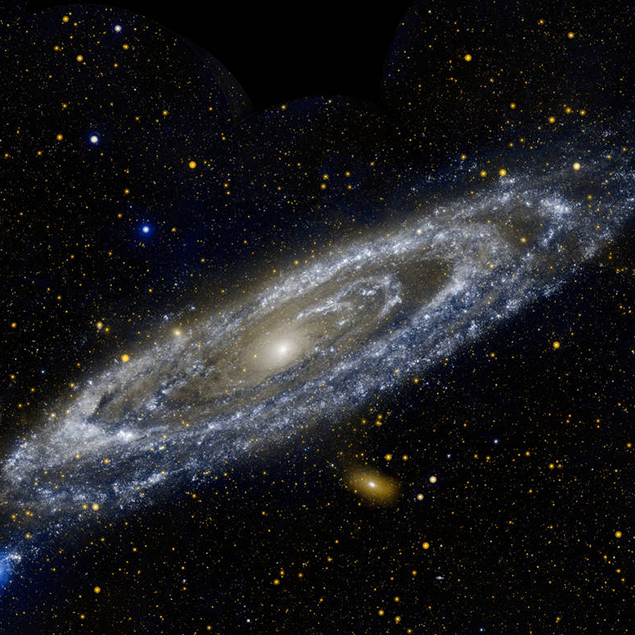
Image credit: NASA & JPL/Caltech
M31 - The Andromeda Galaxy
Known since ancient times, the Andromeda Galaxy is the furthest object you can easily see with just your eyes - but nowadays you’ll need to be under dark skies to have any chance of seeing it without equipment.
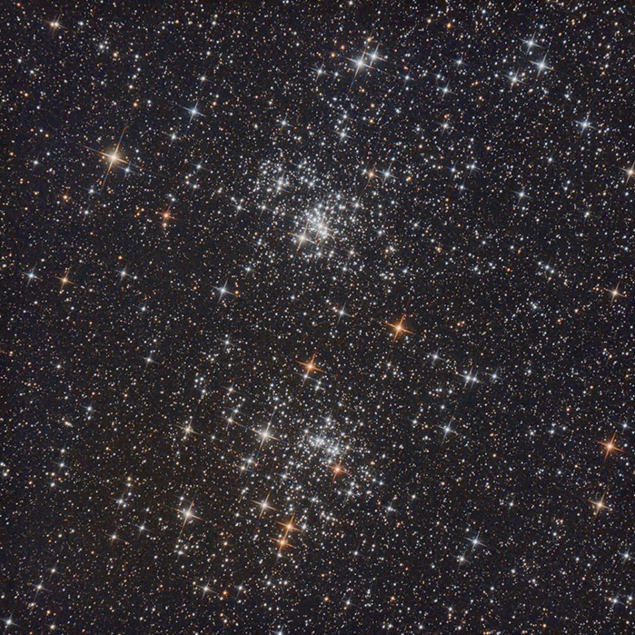
Image credit: Jack Groves
NGC 869 / 884 - The Double Cluster
As with M31, the Double Cluster has been known since antiquity. They’re both relatively large open star clusters and, consequently, best observed with binoculars or a telescope with a low power, wide-angle eyepiece.
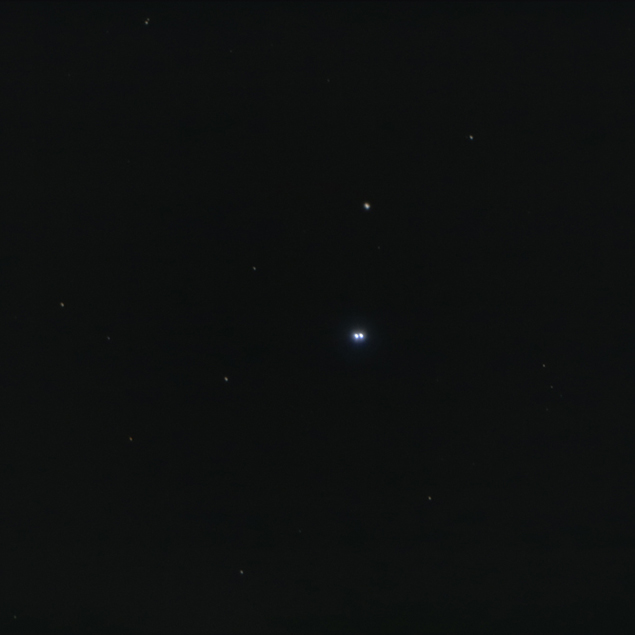
Image credit: Jim Mazur
Gamma Arietis - Mesarthim
A pair of bright white stars of equal brightness, split with a small telescope at low power but best seen at a magnification of around 100x.
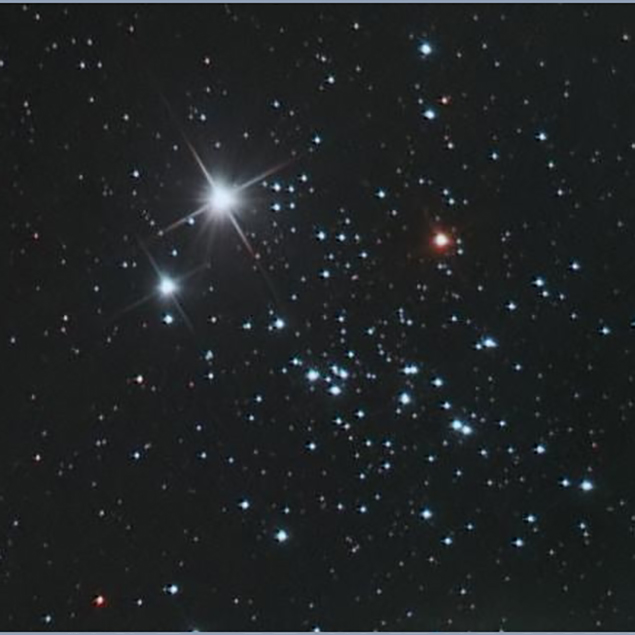
Image credit: Henryk Kowalewski
NGC 457 - The Owl Cluster
There are few open star clusters that so obviously resemble the object they’re named for, but the Owl Cluster is one of them. Other names include the Dragonfly Cluster and even the E.T. Cluster - which one seems most appropriate to you?
STELLAR CONCEPTS
Open Cluster: A close group of stars, often numbering in the hundreds or even thousands, that formed from the same cloud of gas and dust in space. As such, they’re usually young, blue-white stars that are still relatively close together. Many of the clusters have nicknames based on the shapes they appear to form when viewed through binoculars or a telescope.
This Article was Last Updated on 07/18/2023





